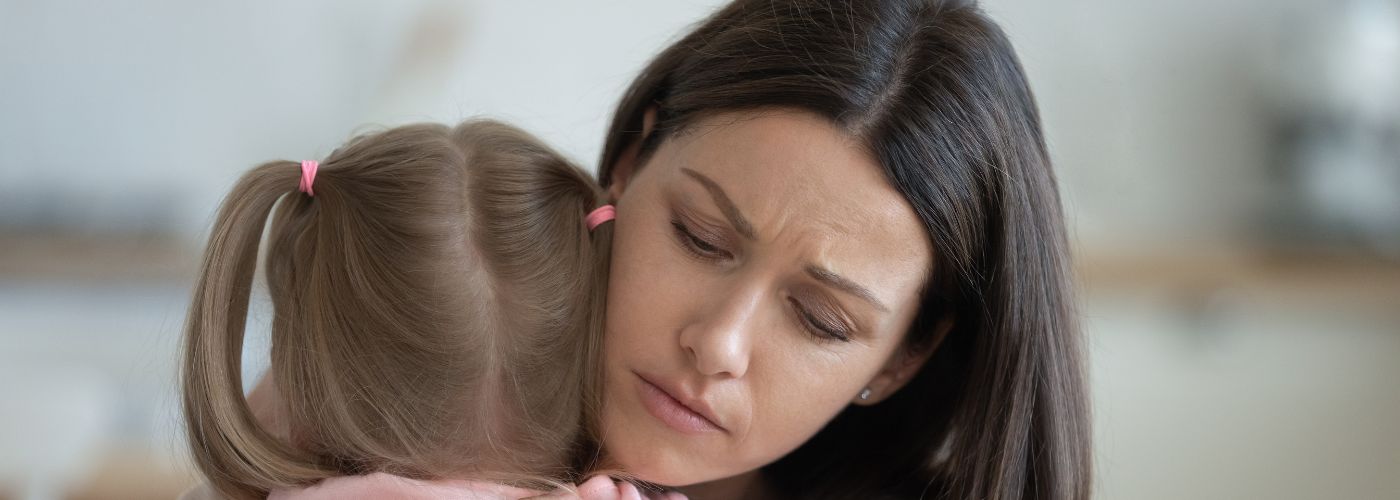Have you ever felt helpless when your child expresses overwhelming fears or nervousness about everyday situations? Anxiety in children can severely impact happiness and development, making it essential for caregivers to be proactive in addressing these feelings. In this article, we will delve into the causes of anxiety in children and provide you with evidence-based strategies to help them navigate their emotions. With the right approach, you can turn anxiety into a manageable part of your child’s life, fostering confidence and emotional strength.
Addressing Anxiety In Children
Anxiety in children often manifests in ways that may not be immediately recognizable. Instead of verbalizing their fears, kids might show changes in behavior—like becoming clingy, withdrawing from friends, or having trouble sleeping.
Parents can help by creating a safe space where children feel comfortable expressing their feelings. Encouraging open dialogue about their worries can foster trust and understanding, allowing kids to articulate what’s bothering them without fear of judgment.
Another powerful approach is incorporating mindfulness practices into their daily routine. Simple techniques, such as deep breathing exercises or guided imagery, can help children manage their anxiety on their own.
Additionally, engaging in creative activities like drawing or journaling allows them to process their emotions in a healthy way. By providing tools and strategies, we empower kids to tackle anxiety head-on, building resilience and confidence for the future.
Use Play Therapy to Address Childhood Anxiety
Play therapy is a powerful tool that can help address childhood anxiety in a gentle, engaging way. Children often struggle to express their feelings verbally, making it difficult for parents and caregivers to understand their fears.

Through play, children can communicate their emotions and experiences, allowing therapists to identify the root causes of anxiety. This creative approach encourages kids to explore their thoughts and feelings in a safe environment, turning playtime into a healing experience.
Incorporating play therapy techniques at home can also be beneficial. Simple activities like role-playing or using puppets can create opportunities for children to act out scenarios that make them anxious. This not only helps them process their feelings but also equips them with coping strategies they can use in real-life situations.
Moreover, engaging in regular playtime fosters a strong bond between parents and children, creating a supportive atmosphere where kids feel comfortable sharing their worries. By embracing play as a therapeutic tool, we can empower children to manage their anxiety with confidence and resilience.
Incorporate Mindfulness Activities For Children
Anxiety in children can often feel overwhelming, but incorporating mindfulness activities for children can be a game changer. Simple practices like deep breathing exercises or mindful coloring can help kids ground themselves in the present moment. When children learn to focus on their breath or the colors they are using, it can create a calming effect that reduces anxious thoughts.
Another way to incorporate a mindful activity is yoga. Have them practice gentle yoga poses that encourage relaxation and body awareness. Poses like Child’s Pose, Cat-Cow, and Butterfly can be particularly beneficial for children, allowing them to stretch their bodies while also focusing on their breathing.
This combination of movement and mindfulness helps to release tension and fosters a sense of peace.
Create A Safe Space For Kids To Address Anxiety
Creating a safe space for kids to address anxiety is essential for their emotional well-being. This means not just providing a physical environment that is calm and inviting, but also fostering open communication.
Encourage children to express their feelings without fear of judgment. When they know it’s okay to talk about what worries them, it helps them feel understood and supported.
Another way to create a safe space is by implementing consistent routines. Predictability can be comforting for children, as it provides a sense of security in their daily lives. Establishing regular times for activities like meals, homework, and bedtime can help reduce anxiety by allowing children to know what to expect.
Connect With Other Parents Facing Similar Challenges
Anxiety in children can often feel isolating, not just for the child but for parents as well. One of the most powerful ways to address this challenge is to connect with other parents facing similar issues.

Sharing experiences and solutions can create a support network that eases the burden. It’s comforting to know you’re not alone in this journey, and sometimes, just hearing another parent’s story can spark new ideas on how to help your child.
When speaking with other parents, be sure to create an open and non-judgmental atmosphere. This encourages honest sharing and allows everyone to express their concerns freely. Listen actively and validate each other’s feelings; knowing that their struggles are understood can be incredibly reassuring.
Additionally, consider organizing regular meet-ups or support group sessions where parents can come together to discuss coping strategies, share resources, and even invite professionals such as therapists or counselors to provide guidance. Topics may include mindfulness techniques for children, managing anxiety triggers, and developing healthy communication skills.
Speak With A Therapist To Address Childhood Anxiety
Anxiety in children can manifest in many ways, from avoidance of social situations to physical symptoms like stomachaches. It’s crucial to recognize that these feelings are valid and often overwhelming for young ones. One effective approach is to speak with a therapist to address childhood anxiety. A trained professional can provide a safe space for kids to express their fears and learn coping strategies tailored to their needs.
Engaging in play therapy or cognitive-behavioral techniques can help children articulate their feelings in ways they might not yet understand. Encouraging open conversations at home about emotions can also empower them, letting them know it’s okay to seek help.
Parents should remember that addressing anxiety early can pave the way for healthier emotional development, fostering resilience and confidence as they grow. Ultimately, by working together with therapists, families can create a supportive environment that nurtures both understanding and healing.

Related Stories
Mindful Practices To Cope With Divorce
Divorce can feel like a storm that turns your life upside down, leaving you lost
Nov
Tips To Identify & Break Cycles of Trauma In Families
The legacy of trauma can haunt families for generations, but it doesn’t have to define
Oct
How To Recognize Avoidant Personality Disorder
Have you ever felt an overwhelming sense of dread at the thought of social interactions,
Sep